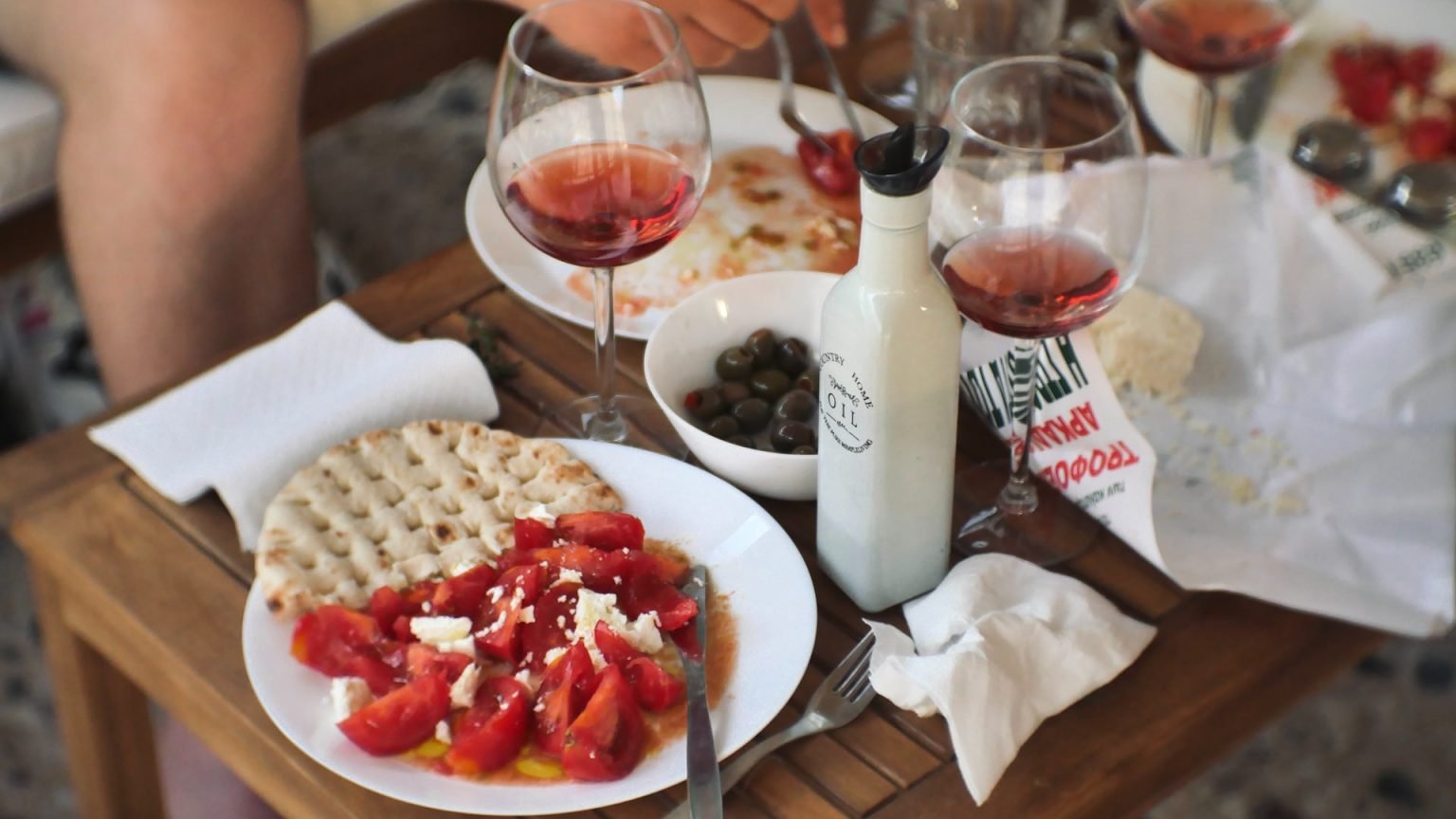Wine pairing is the process of selecting the right wine to complement a specific dish or cuisine. The goal is to enhance the flavors of both the food and the wine, creating a harmonious balance between the two. The right wine can bring out the best in a dish, making it taste even better than it would on its own.
The Basic Principles of Wine Pairing
When it comes to wine pairing, there are a few basic principles to keep in mind. Here are some guidelines to help you make the right choice:
Match the Intensity
A good rule of thumb is to match the intensity of the wine with the intensity of the dish. For example, a full-bodied red wine pairs well with a hearty steak, while a light-bodied white wine is better suited for a delicate fish dish.
Consider the Flavor Profile
Another important factor to consider is the flavor profile of both the wine and the dish. A wine with high acidity can balance out rich and fatty foods, while a sweet wine can complement spicy dishes.
Pair by Region
Wines from a particular region often pair well with local cuisine. For example, a Tuscan Chianti goes well with pasta dishes and tomato-based sauces, while a Spanish Rioja is a good match for spicy chorizo and paella.
Don’t Be Afraid to Experiment
While there are some general guidelines for wine pairing, it’s important to remember that there are no hard and fast rules. Don’t be afraid to experiment and try new things. Sometimes the best pairings come from unexpected combinations.
Popular Wine and Food Pairings
Here are some popular wine and food pairings to get you started:
Chardonnay and Lobster
A buttery Chardonnay pairs well with rich and buttery lobster.
Cabernet Sauvignon and Steak
The bold tannins in a Cabernet Sauvignon complement the bold flavors of a juicy steak.
Pinot Noir and Salmon
A light-bodied Pinot Noir pairs well with the delicate flavors of grilled or poached salmon.
Sauvignon Blanc and Sushi
The high acidity of a Sauvignon Blanc complements the fresh and delicate flavors of sushi.
Riesling and Spicy Foods
The sweetness of a Riesling can balance out the heat of spicy dishes.
Zinfandel and BBQ
A bold and fruity Zinfandel pairs well with smoky and savory BBQ dishes.
Tips for Wine Pairing
Here are some additional tips to help you choose the perfect wine for any dish:
Consider the Occasion
The occasion can play a role in wine pairing. A casual dinner party may call for a different wine than a formal holiday meal.
Don’t Overspend
You don’t need to spend a lot of money to find a good wine pairing. There are plenty of affordable wines that can be paired with a variety of dishes.
Serve at the Right Temperature
Serving wine at the right temperature can enhance its flavor. White wines should be chilled, while red wines are best served at room temperature.
Experiment with Cheese Pairings
Wine and cheese are a classic pairing. Experiment with different types of cheese to find the perfect match for your wine.
Conclusion
Wine pairing may seem intimidating, but with a little knowledge and experimentation, you can find the perfect wine for any dish. Remember to consider the intensity, flavor profile, and regional pairing of both the wine and the cuisine. Don’t be afraid to experiment and try new combinations. And always keep in mind the occasion, budget, and serving temperature when selecting a wine. With these tips in mind, you’ll be well on your way to becoming a wine pairing expert.
FAQs
Is there a specific wine that pairs well with all types of food?
Unfortunately, there is no one-size-fits-all wine that pairs well with all types of food. It’s important to consider the specific flavors and intensity of the dish when selecting a wine pairing.
Can I pair red wine with fish or seafood?
While it’s a common myth that red wine should not be paired with fish or seafood, there are actually some red wines that can complement these dishes. Lighter-bodied reds like Pinot Noir can pair well with delicate fish, while fuller-bodied reds like Cabernet Sauvignon can be paired with heartier seafood dishes.
Can I pair sweet wine with savory dishes?
Yes, sweet wines can be paired with savory dishes to create a harmonious balance of flavors. For example, a sweet Riesling can complement the spice and heat of a savory Thai curry.
How should I store my wine to ensure the best pairing experience?
Wine should be stored in a cool, dark place with a consistent temperature and humidity level. This will ensure that the wine retains its flavor and aroma, which is essential for a good pairing experience.
Is it necessary to follow wine pairing guidelines?
While it’s not necessary to follow wine pairing guidelines strictly, they can be helpful in creating a balanced and enjoyable pairing experience. However, don’t be afraid to experiment and try new combinations to find what works best for your palate.









